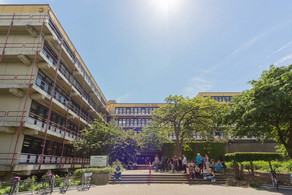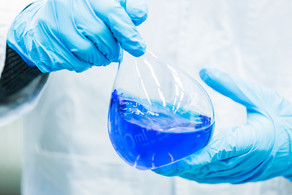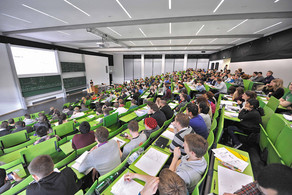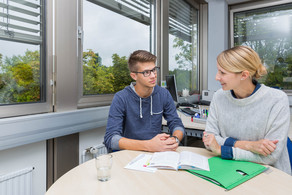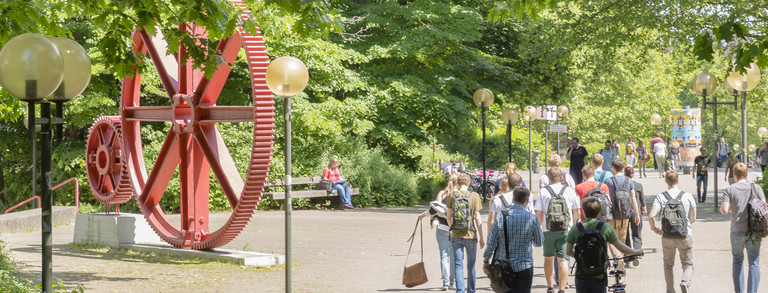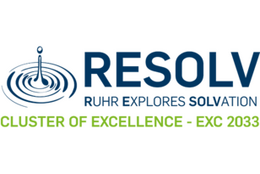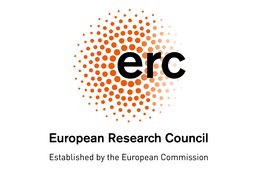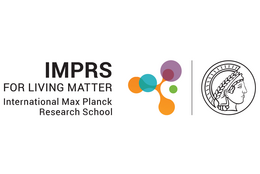Prof. Dr. Rasmus Linser
Technische Universität Dortmund
Fakultät für Chemie und Chemische Biologie
Physikalische Chemie
Otto-Hahn-Str. 4a
44227 Dortmund
Germany
Room: CP-01-113
E-Mail: rasmus.linsertu-dortmundde
Phone: +49 231 755 3910
Secretary
Vanessa Slota
Room: CP-01-114
E-Mail: vanessa.slotatu-dortmundde
Phone: +49 231 755 5030
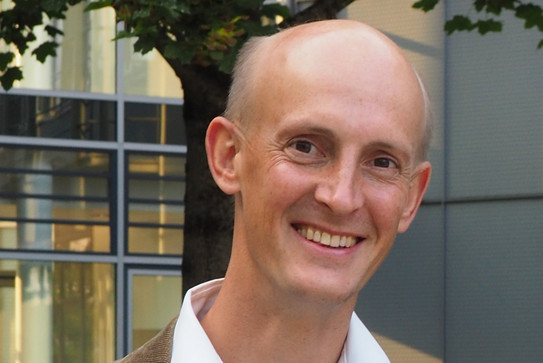
Funding and Collaborative Programs
Structure and dynamics are usually what determines the function of a protein in the cell. Even though one of the two can sometimes play a more important role than the other, or only a transient structure is formed in the course of protein interactions, only the combination of both provides a faithful representation of the molecular behavior. Nuclear Magnetic Resonance (NMR) spectroscopy is able to deliver information on both such parameters in a range of molecular sizes and dynamics time scales. Structural information is obtained by a characterization of chemical shifts, interatomic distances, and the size and direction of other interactions, whereas dynamics are mostly represented by the lifetimes of different non-equilibrium states in addition to internuclear interactions. The Linser group develops and uses state-of-the-art NMR spectroscopic tools for the understanding of protein structural and dynamic features that govern their functionality. We employ both, solid-state NMR as well as solution NMR spectroscopy, both in terms of method development and applications. One of our major foci is to use the rich information content of protons for solid-state NMR purposes, i. e. unambiguous resonance assignment, protein structure, and protein dynamics, but there are many more topics of interest, and many more ways in which NMR can solve biological questions. As we are still expanding our group please do not hesitate to contact us for current opportunities to join the team.
Some presentations of what we do:
See an article about activities regarding protein dynamics in our Group (German).
See our (overview) Accounts paper on "Protons in Solid-State NMR"!
See Rasmus presenting our work in the MIT Boston Zoominar (10.05.22).
Oral presentation of our research in the recent ICMRBS seminar series (second talk, from minute 39.21)!
See a short article about solid-state NMR relaxation activities of our Group (German).
News
Julia's and Bendedikt's paper on the ring flip within a bound ligand is accepted!
Julia is now Dr. Kotschy! Congratulations, Julia!
Katja is now Dr. Burakova! Congratulations, Katja!
Alex' paper on efficient 5D strategies is finally out!
Himanshu and his work on MBDs were selected for the ISMAR Young Scientist Awards (JMR Awards)! Congratulations!
Himanshu's paper on the evolutionarily tailored conformational dynamics of a designer epigenetic reader is out in NAR!
Benedikt's paper (with Kristof and his Bruker colleague Peter) on highly accurate distance measurements via ssNMR is out!
The group will be featured by an ERC Consolidator grant, which is great news. Press release
Katja's paper on quantifying heterogeneity is out!
Our work on combining 5D and 4D side chain to backbone solid-state NMR experiments is out in J. Phys. Chem. Lett.!
Alex' mega paper (with a content of multiple papers) is accepted in PNAS, just in time before his defense!
Roman Pallach's work on frustrated MOFs (Sebastian Henke's group) makes its way into Nat. Commun., featuring a small contribution of ours. Congrats and thanks for being part of it!
Congrats to Jelena for successfully defending her Master's thesis.
Congrats to Kristof for successfully defending his PhD thesis!
Himanshu's paper in Angewandte Chemie is out. Here we show how the long-standing assumption of hCAII as a protein with a particularly rigid active site has to be revised. Read more about it on the instititute's webpage (in German).
Kristof's paper in Structure, Cell Press, on assessing structural dynamics via combined methodology is now published! Please contact us personally in case of access problems.
Himanshu's paper is picked up in a press release.
Petra's paper received one of the Center for NanoScience (CeNS) 2019 publication awards! Congratulations!
Himanshu's and Katja's papers can now be read online! Congratulations! (See entries 54 and 55 in the list of publications.)
Julia (PhD) and Laura (postdoc) are joining, welcome to the two of you!
Kristof's paper on exact (eRFDR) distances from solid-state NMR is accepted! Congrats, Kristof!
(Also this paper is featured on the cover page!)
Suresh's Angewandte paper on fast-MAS solid-state NMR on a large enzyme without deuteration is accepted and featured on the cover page!
(Also see the related press releases on TU Dortmund website.)
Welcome Benedict for his Master's thesis!
Petra's JACS paper is out! Congrats!
A nice anniversary: Alex's publication is the 50th publication associated with the Linser lab.
Sara will join! We are looking forward to you!
We are now part of the International Max-Planck-Research-School!
We are now part of the Excellence Cluster RESOLV!
As the chair for biomolecular NMR (Lehrstuhl für biomolekulare NMR), the Linser group will be moving to TU Dortmund (from spring 2019), associated with the MPI for molecular physiology and the Max-Planck graduate school for chemical and molecular biology. A huge package of new equipment, space, positions, and research opportunities is waiting.
Ekaterina is joining! Welcome to the group!
Alex will join the group as a PhD student! Welcome, Alex! We are looking forward to you!
Petra wins the "Journal of Magnetic Resonance Young Scientist Award” at the annual EUROMAR conference! Congratulations!
We are now part of the the SFB749!
We are now a part of the Center for NanoSciences Munich (CeNS)!
"Felix Bloch Lecture" award ceremony (MARS, January 2016
Portrait about Rasmus Linser's Emmy Noether Research Group in the MPIbpc News, May 2015
Rasmus Linser honored with Felix-Bloch-Lecture 2015 (Press Release, September 8, 2015)
Yearbook of the Max Planck society, section Linser group
We are now funded as an Emmy-Noether group! Congrats and thanks for all the help!

